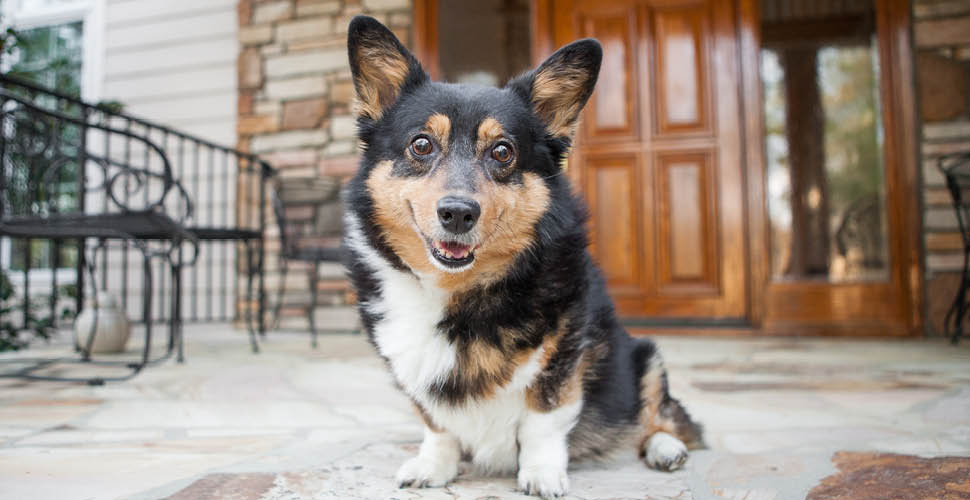Daylight Saving Time (DST) is a practice many of us are familiar with, involving adjusting our clocks to extend evening daylight. While the primary aim is to make better use of daylight, this biannual time change can have a significant impact on our pets. Animals are creatures of habit, relying on consistent routines for feeding, walks, and sleep. The sudden shift in time can disrupt their internal clocks, leading to confusion and stress. This blog post explores the impact of Daylight Saving Time on pets and offers guidance for pet care facilities and pet parents on ensuring a smooth transition for our furry friends.
Understanding the Impact on Pets
Pets, much like humans, have circadian rhythms—internal processes that follow a roughly 24-hour cycle. These rhythms are influenced by external cues like sunlight, which helps regulate sleeping and feeding patterns. When the clock changes for DST, pets may struggle to understand why their routine has shifted. This can result in:
- Restlessness or lethargy: Pets may have difficulty sleeping at their usual times or appear more tired during the day.
- Feeding issues: Appetite changes can occur if feeding times shift suddenly, with pets becoming hungrier earlier or showing disinterest in food at their new feeding time.
- Behavioral changes: Some pets may exhibit signs of stress or anxiety, such as increased vocalization, restlessness, or clinginess.
Adjusting Routines in Pet Care Facilities
Pet care facilities, including kennels, daycares, and veterinary clinics, play a crucial role in helping pets adjust to DST changes. Here are some strategies these facilities can employ:
- Gradual Schedule Adjustments: Start shifting feeding, play, and rest times by 10-15 minutes over several days before and after the time change. This gradual approach helps pets adapt without significant disruption.
- Increased Exercise: Incorporate extra physical activity during the day to help pets expend energy and adjust to their new schedule, promoting better sleep.
- Maintain Consistency: Ensure all staff members are aware of the adjustment period and maintain consistency in handling and caring for pets to reduce stress.
Tips for Pet Parents: Maintaining Consistency During Time Changes
Pet owners can take steps to minimize the impact of DST on their pets by maintaining consistency and patience. Here are some tips:
- Adjust Routines Gradually: Like pet care facilities, pet parents should also gradually adjust their pet’s routines. Start by shifting feeding, walking, and bedtime routines by a few minutes each day.
- Provide Extra Attention: Some pets may need extra comfort and attention during this transition. Be patient and offer reassurance through cuddles, playtime, or extra walks.
- Monitor Behavior: Keep an eye on your pet’s behavior and appetite. If you notice significant changes that persist, consult with your veterinarian.
While Daylight Saving Time is a human construct, its impact on our pets is real and noteworthy. By understanding these effects and taking proactive steps, pet care facilities and pet parents can mitigate the challenges associated with time changes. Gradual adjustments, consistent routines, and a bit of extra care during these periods can ensure our pets remain happy and healthy, regardless of what the clock says.
Leveraging Technology for Smooth Transitions
Modern pet care solutions can also support pets through the DST transition. For instance, programmable feeders can adjust feeding times gradually without manual intervention. Similarly, smart pet doors can adapt to new schedules, allowing pets to go outside at adjusted times without causing disruption.
While Daylight Saving Time is a human construct, its impact on our pets is real and noteworthy. By understanding these effects and taking proactive steps, pet care facilities and pet parents can mitigate the challenges associated with time changes. Gradual adjustments, consistent routines, and a bit of extra care during these periods can ensure our pets remain happy and healthy, regardless of what the clock says.


